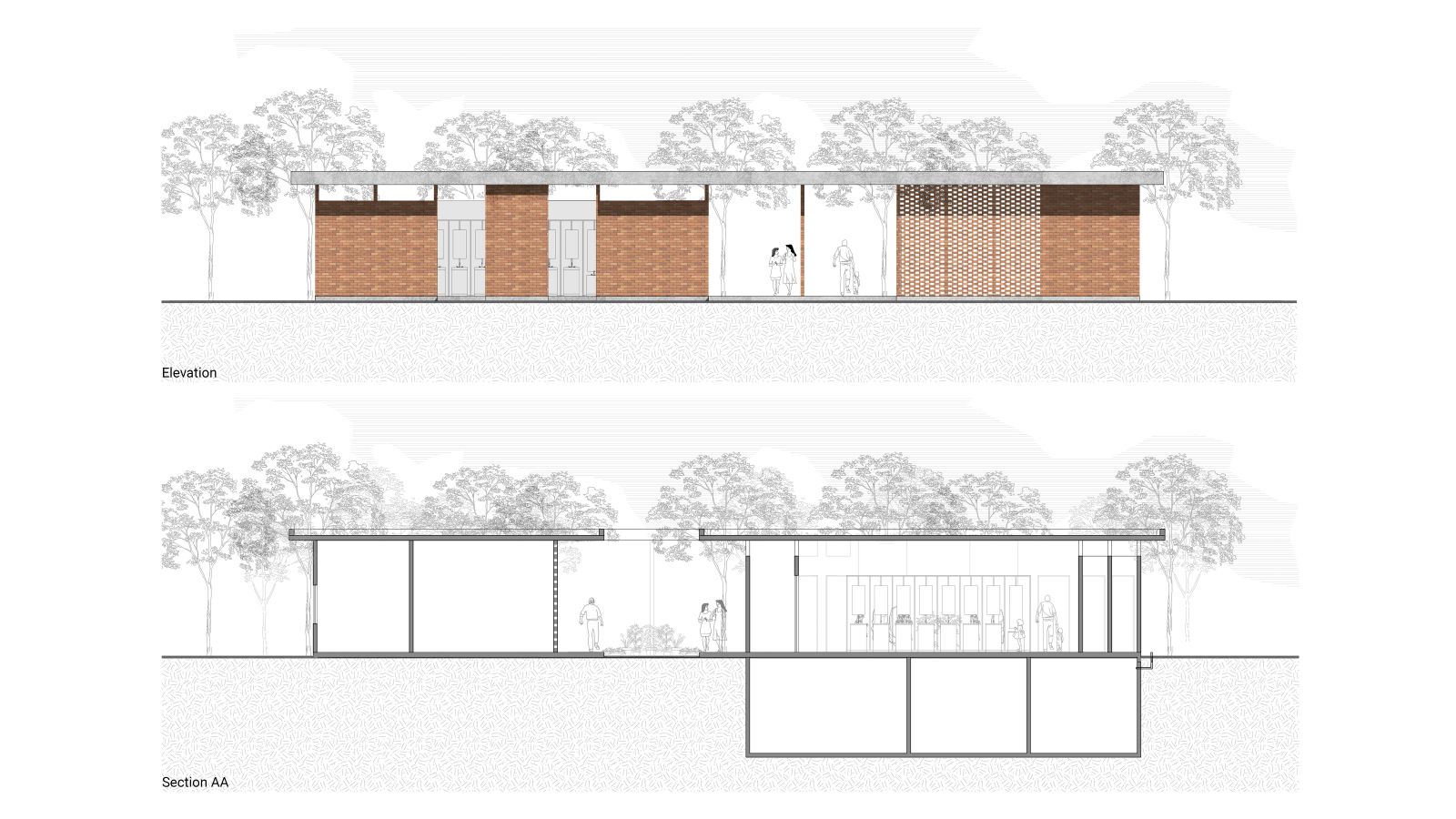- Student KARISHMA RATHOR
- Code PAD20162
- Faculty Architecture
- Unit L4 Studio Unit
- Tutor/s Sonal Mithal
- TA Priyanka Awatramani
The environment and society are constantly changing at an ever-faster pace. In this dynamic world, the majority of architecture nowadays resembles icons of static and human-centric design. Such buildings, over the course of subsequent years of use, undergo a process of deterioration. As a result, the performance of a building decreases with the passing time, resulting in more resources being expended toward complete or partial restoration, renovation or demolition. This is in contrast to the natural world, which has the ability to independently adapt and mutate in response to its environment. The current architectural practice manifests the power of human culture and thus promotes ‘human exceptionalism’, setting the humans apart from our responsibility for the many other habitats that compose our local and global worlds.At a time of profound ecological and social crisis, How can Architecture provide opportunities to encounter nature and reconfigure human and companion species relations?
By integrating organic life in a community centre that promotes active engagement of all gender groups with its environment to become a collective responsible. By rethinking Architecture as a dynamic, insightful living system that reconfigures itself as a living organism, engineered to adapt new relationships with its multiple environments.
The intent is to propose a new typology that offers humans to experience the building’s capabilities of self-mutation and adaptation to an ever changing environment thus creating awareness about ecological importance for complete well-being. An paradigm for future feminist architecture that meets the dynamic needs of humans and companion species without leading one entity to compromise.









